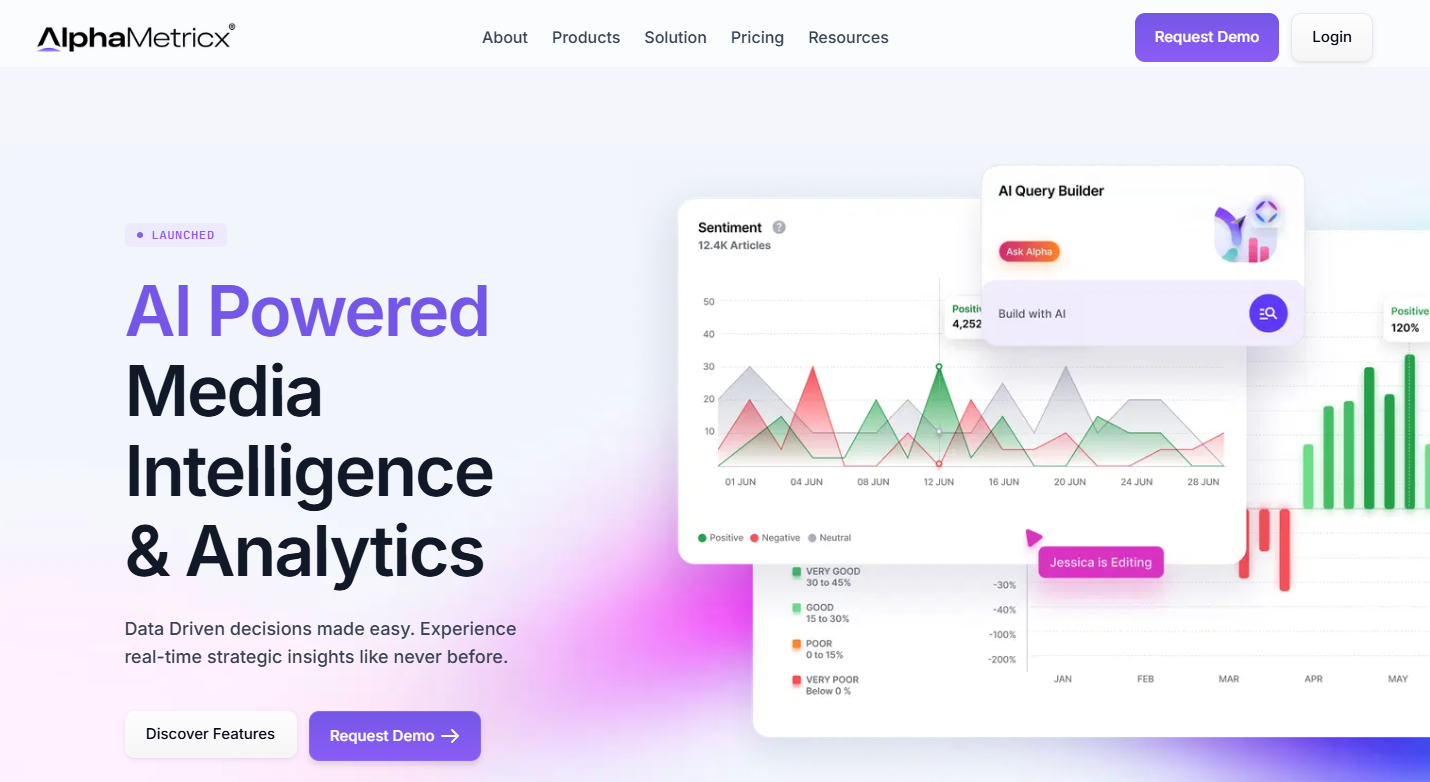The best part of any conference, at least to me, is when delegates get to chat amongst themselves and share their “war stories”.
I found myself caught up in one such conversation last year with a publisher whose primary audience consisted of those either in retirement or in the process of doing so. He explained that advertisers refused to pay much attention to his readership demographic, despite their higher disposable incomes.
Now, despite being as far from an expert on the retiree publishing niche as you could imagine, even I could understand that simple logic of targeting people who most likely owned their home outright, didn’t have any dependents and had lots of free time and money to splurge.
I’ll be honest though, I haven’t spent too much time thinking of that subject, except for whenever new articles popped up about digital publishers’ ongoing quest for the next generation of young adults’ acceptance and patronage.
But a growing industry awareness over the underwhelming volume of advertising dollars being poured into campaigns targeting older demographics has brought the subject front and center for me once more.
Given that Baby Boomers and Gen Xers have all the money, the constant pursuit of younger audiences strikes me as an … intriguing strategy. Now, I’ll be the first to admit that being an elder millennial (and not a geriatric millennial as some would opine) has definitely colored my perspective on some issues. But that doesn’t make my point any less true.
The older generations hold most of the world’s wealth and power. A quick look at the average age of newly hired CEOs in the US and we can see that it has been trending upwards since 2005, hitting 54 years in 2018.
Show Me the Money
The link between seniority, money and age is hardly breaking news. If you’re around for longer, then you’ve got a better chance of building your fortune.
Consider for example, how much faster house prices have grown than salaries. It only takes an incredibly small leap of logic to say those already on the property ladder are, generally speaking, better off financially than recent entrants.
OK, so now that we’ve established that Boomers and Xers have more money, shouldn’t that also mean that brands are working hard to separate them from said cash? Well, not so fast.
A recent report from UK independent media agency The Kite Factory found that while over 55s are 2.5 times wealthier than other age groups, they’re also less likely to be targeted by advertisers. Despite more money in the bank and higher discretionary spending, ad spend was mostly aimed at the younger end of the market. Indeed, over 55s were the least likely to feel represented in creatives, leaving them disengaged.
I’m not here to talk about a social responsibility towards greater demographic representation — down that path lies a lot of hand wringing and surprisingly little action. No, I’m talking about a financial imperative.
Speeding Up, Not Slowing Down
Appealing to older audiences isn’t an advertising or publishing responsibility, it’s an opportunity. With the end of third-party cookies on the horizon — meaning a heavier reliance on first-party data and contextual targeting — publishers could be creating content for over 55s and using audience data to help advertisers chase this segment.
Advertisers and publishers need to work more closely to understand how to both entertain older audiences and advertise to them. They may have money burning a hole in their pocket, but they’re only going to spend it with companies that sell to them.
Content from our partners
Talking at the FIPP World Media Congress in June, pilot, philanthropist and pensioner Michael Clinton argued: “For media people, it’s our responsibility to create the modern contemporary images of what 50 plus looks like — not just in images, but in words and in representation.”
So what does this all mean? Well, if publishers are following Gen Z and Gen Alpha onto TikTok, surely they should be chasing Boomers and Xers to their stomping grounds. Where, you ask? While TV remains an entertainment bastion for over 55s (PDF download), it has begun to lose some market share to digital media.
A fair bit of money’s been left on the table when it comes to the over 55s and yet, for some reason, they still don’t feature majorly in the media industry’s big picture plan. Given that it’s going to be decades before Gen Z and Gen Alpha have similar purchasing power, are we really chalking today’s media strategies up as an extremely long play? How intriguing.










